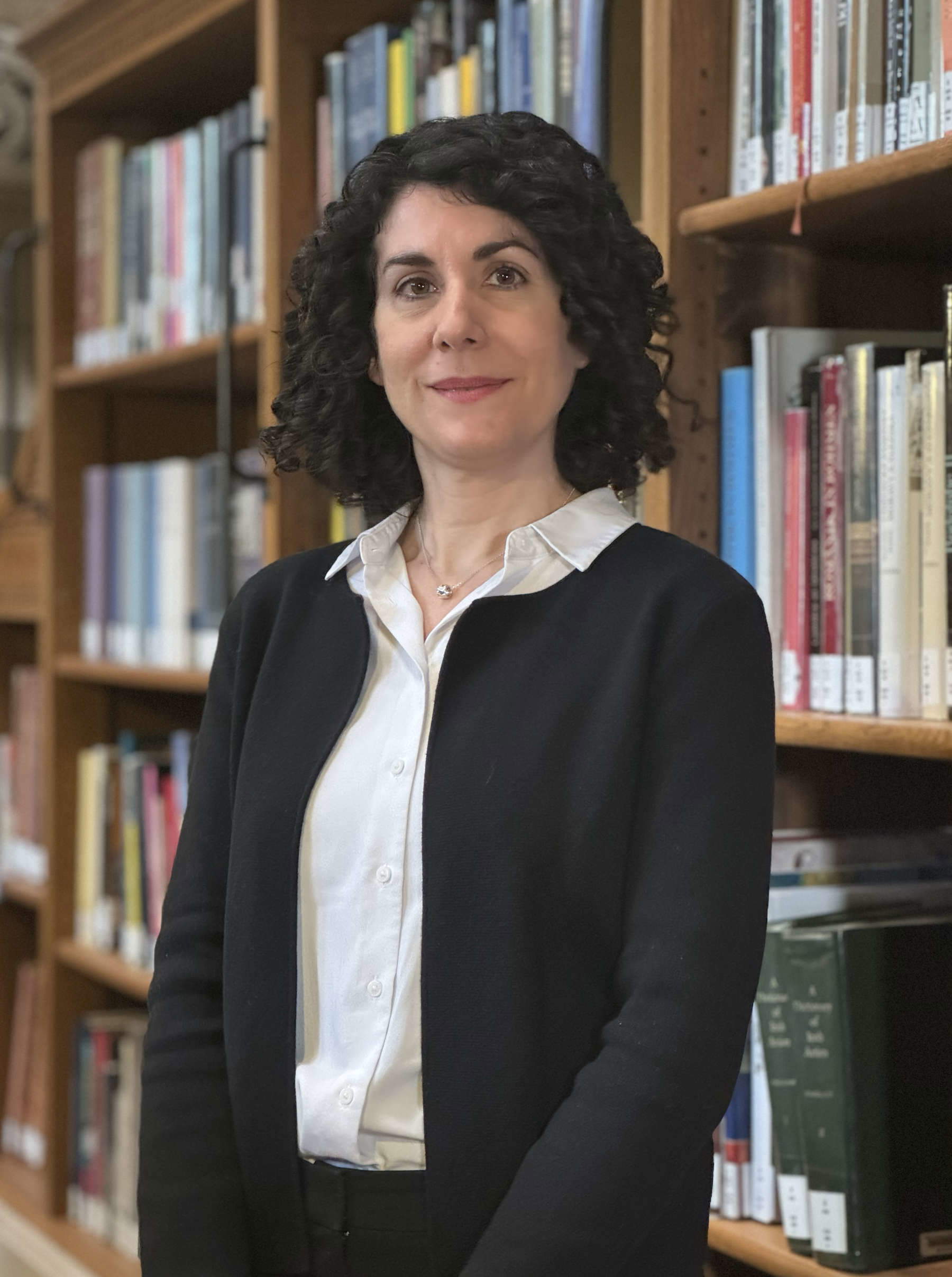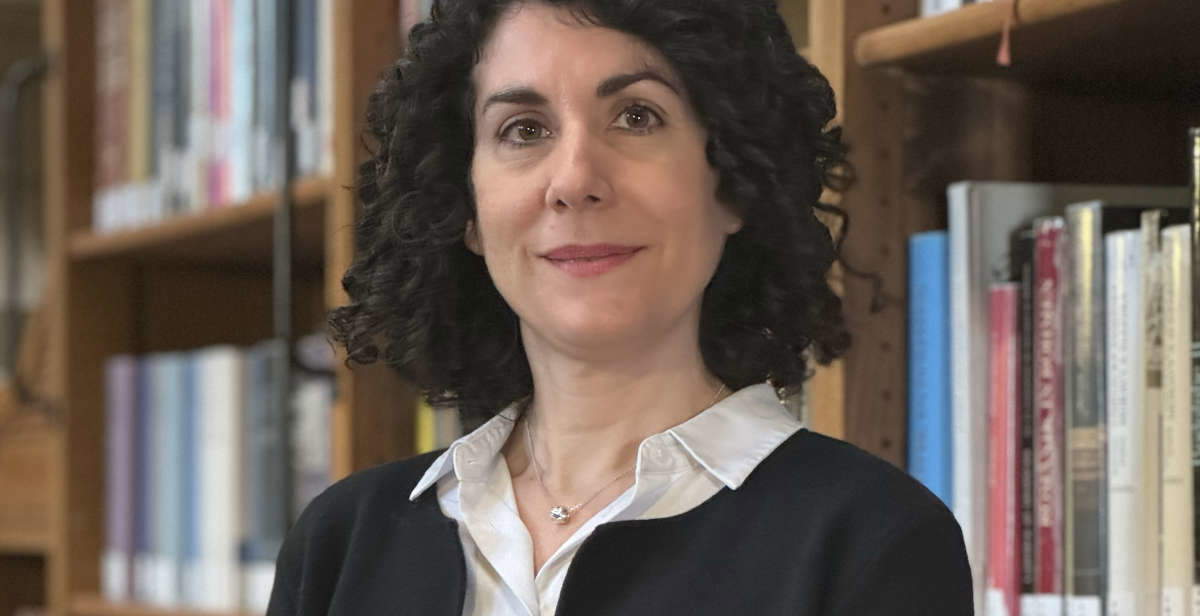For the first time in its history, one of France’s most important museums, the Musée Fabre in Montpellier, will be directed by a woman: the City of Montpellier has in fact appointed Juliette Trey as the museum’s new director. Since 1828, when the institution opened to the public, the Musée Fabre had always been directed by men. Trey will take office beginning in May 2025.
An art historian, she is currently acting director of the Department of Studies and Research at INHA (Institut National d’Histoire de l’Art), of which she was deputy director from 2019 to 2024. Juliette Trey has also curated numerous exhibitions within prestigious institutions: the inaugural exhibition at the Louvre Abu Dhabi, but also exhibitions at the Royal Castle in Warsaw or at the Musée des Beaux-Arts in Nantes and at the Louvre, in collaboration with the National Museum in Stockholm and the J. Paul Getty Museum in Los Angeles, as well as with the Château de Versailles. From 2007 to 2013 she was also conservator of the Château de Versailles.
Trey was chosen for her energy, her great scientific rigor, the attention she pays to social and ecological issues, and the great sensitivity she expresses to all audiences: these were the elements that convinced the committee set up to appoint the director that Juliette Trey was the ideal person to take on the challenges that await the Musée Fabre in the coming years: celebration of the bicentennial, expansion of the Museum, reinvention of the relationship with the public, and affirmation of the Museum’s place in research and dialogue between researchers and visitors.

Juliette Trey succeeds Michel Hilaire, who had occupied the Musée Fabre director’s chair since 1992 and will retire in April 2025. Between 2004 and 2007, Hilaire directed the museum’s renovation project, led by architects Olivier Brochet and Emmanuel Nebout, and together with Georges Frêche, oversaw the arrival of the Pierre and Colette Soulages donation, which further enhanced the museum’s collections as well as its reputation.
Throughout his career in Montpellier, Michel Hilaire wanted to offer a program punctuated by major events: the international retrospective devoted to Gustave Courbet in 2008, in collaboration with the Musée d’Orsay and the Metropolitan Museum of Art in New York, and then the exhibition on Caravaggio and Caravaggism in Europe, in collaboration with the Musée des Augustins in Toulouse and the County Museum of Art in Los Angeles, a review for which Hilaire was curator in the summer of 2012, and again the exhibition on Frédéric Bazille in 2016 with the Musée d’Orsay and the National Gallery in Washington.
The Musée Fabre is visited by nearly 300,000 visitors each year and is one of the most important museums in France. It was January 1825 when the city council decided on its creation, but it had to wait three years of work, financed by the city hall, for it to open to the public. The collection includes a fundamental selection of early French painting (there are works by Nicolas Poussin, Jacques-Louis David, Charles le Brun, Hubert Robert, Simon Vouet, Hyacinthe Rigaud, and other great artists who have marked the history ofFrench art), as well as a large selection of Italian art (two works by Guercino, a portrait on canvas by Gian Lorenzo Bernini, Veronese’s The Mystic Marriage of Saint Catherine , Guido Cagnacci’s Lucrezia , and then works by Domenichino, Alessandro Magnasco, Annibale Carracci, Lionello Spada, Salvator Rosa, Mattia Preti, and many others stand out in particular) and Flemish and Dutch art (there are three works by Rubens). There is also no shortage of a sizeable selection of 19th-century French art and Impressionists and Post-Impressionists. Several masterpieces by Gustave Courbet are also found here, including the celebrated work Bonjour monsieur Courbet, a portrait of Charles Baudelaire, and one of his youthful self-portraits. The museum also preserves a substantial nucleus of works by Alexandre Cabanel.
 |
| For the first time in 200 years, a woman will head one of France's major museums |
Warning: the translation into English of the original Italian article was created using automatic tools. We undertake to review all articles, but we do not guarantee the total absence of inaccuracies in the translation due to the program. You can find the original by clicking on the ITA button. If you find any mistake,please contact us.